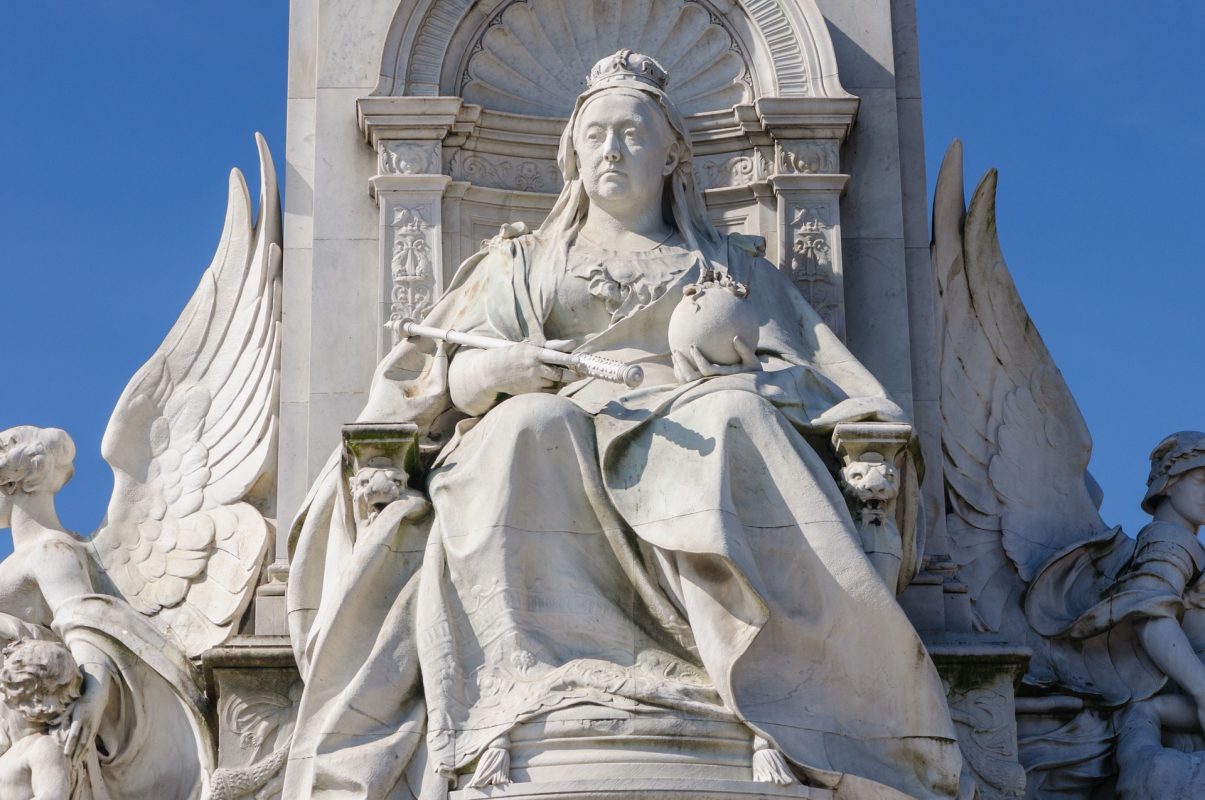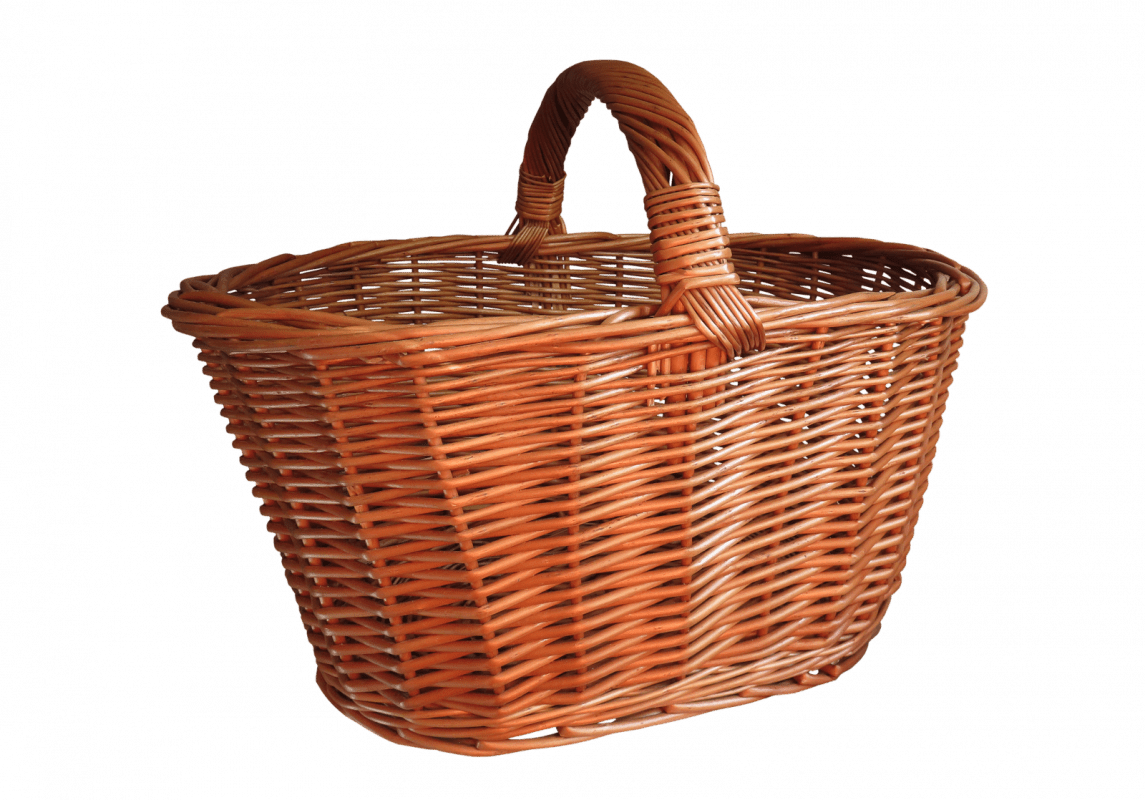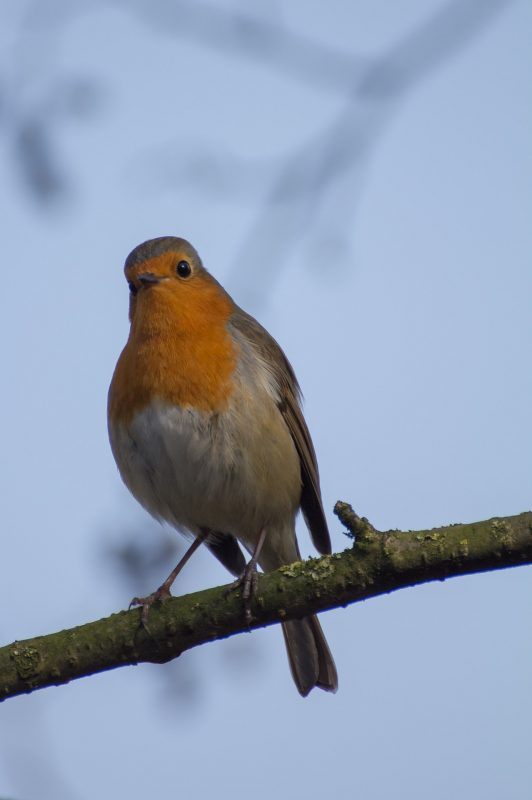The Robin
Erithacus rubecula
The Robin is the bird most associated with Christmas, appearing on countless cards over the festive period.
However, the Robin is found in the UK throughout the year, so why do we associate them so much with Christmas ?

Queen Victoria
Back in the 1840s, Queen Victoria started sending ‘official’ Christmas cards. These were delivered by postmen who in those days used to wear bright red coats which led to them being nicknamed ‘robins’ or ‘redbreasts’ after the bird of the same name.
Christmas cards were often drawn with a postie or ‘robin’ on them, and over time cards started to have the actual robin bird on them rather than the postie.
This is why we now associate the robin with Christmas.
Robin Facts
Population – Approximately 6,700,00 breeding territories
Length – 14 cm
Wingspan – 20 to 22 cm
Weight – 14 – 21 g (about the weight of a teaspoon !)
Breeding
Robins will normally have two broods a year, but three or even four are not uncommon.
Incubation is around 13 days with the young birds ready to fly at around 16 days after hatching
The young are often cared for by the male robin for up to 3 weeks from birth.
Unfortunately less than 60% of eggs result in fledged youngsters.
Nesting
Robins like to nest on or near the ground and the nests can often be found in just about any concealed cavity such as log piles and tree roots.
They are very sensitive to any disturbance, so if you do see a nest please keep your distance as the birds will quickly desert a nest if they think it has been discovered.
Have You Seen A Robin ?
As part of our continuing wildlife survey, we are asking people to report as many sightings of wildlife as possible, but over the Christmas period we are especially asking for sighting of Robins.
All sightings are reported and handled in line with our privacy policy.









